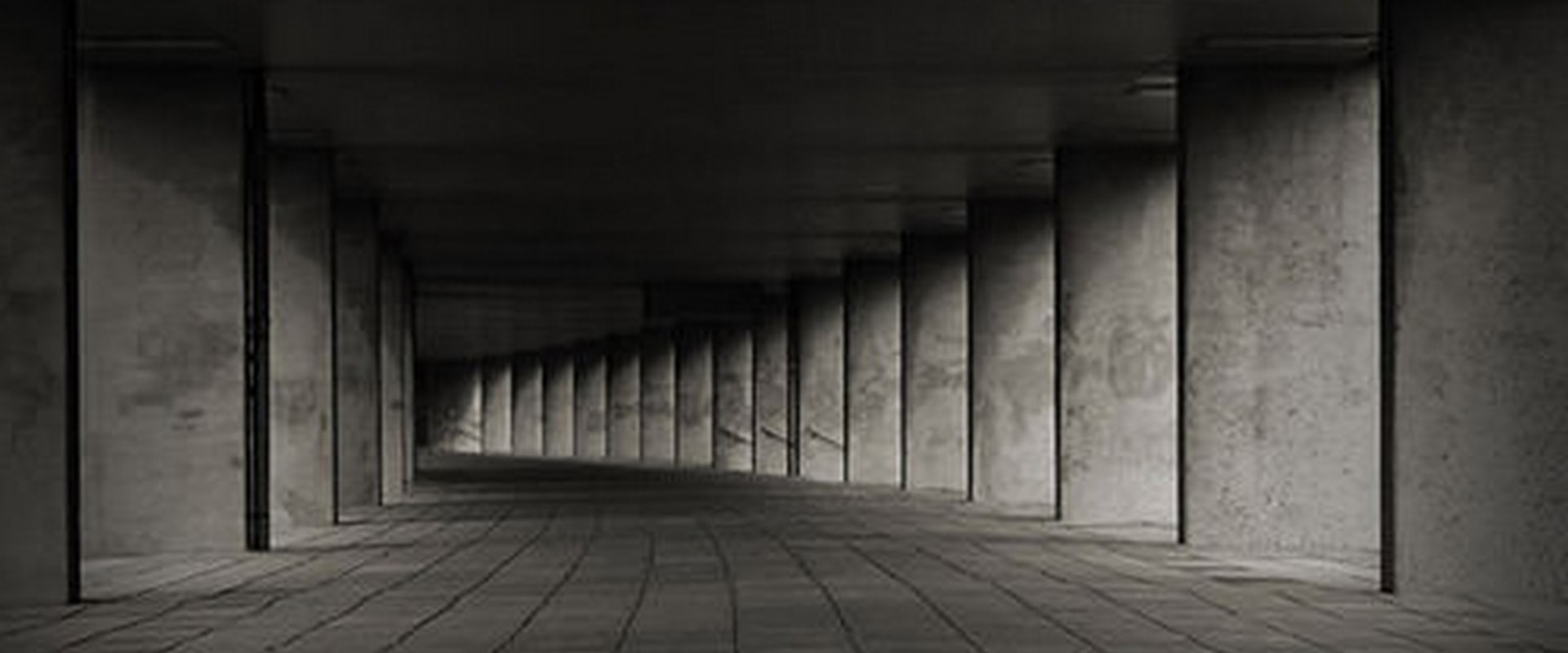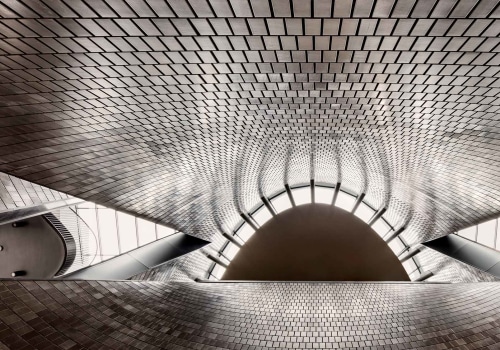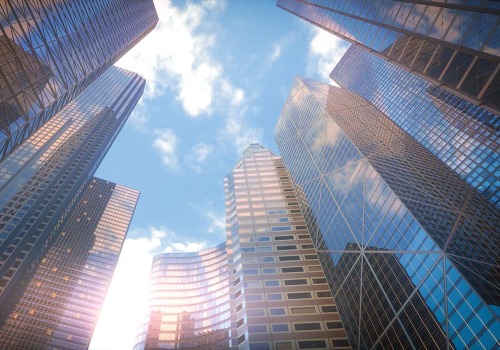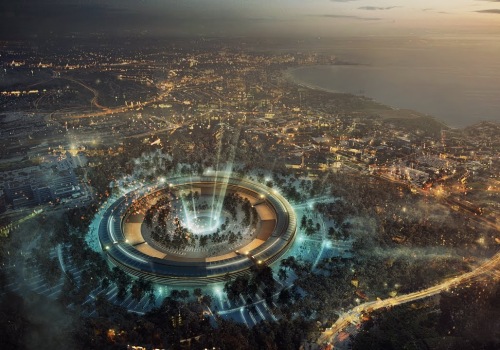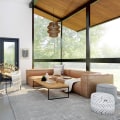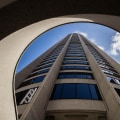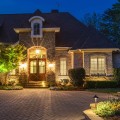Composition is an essential element of successful commercial architectural photography. It is the key to creating memorable images that capture the beauty of a structure and convey its purpose and atmosphere. When it comes to composition, there are many techniques that can help you create stunning images that will draw in viewers and make them want to explore further. From choosing the right angle to finding the perfect balance between elements, these composition techniques will help you create beautiful photos for any commercial architectural photography project.
Read on to learn more about composition techniques for commercial architectural photography.
Composition techniques for commercial architectural photography
are used to create stunning images that stand out and capture the attention of viewers. These techniques involve the use of lines, leading lines, shapes, angles, light and shadows, perspectives, and the rule of thirds to compose a visually balanced and aesthetically pleasing image. Lines can be used to draw the viewer's attention to certain elements within the image, or to create depth and scale. Straight lines create a strong sense of structure and are often used in architecture photography to emphasize the grandeur of a building or space.Curved lines can be used to add a sense of movement to the image and can be used to draw the eye through the frame. Leading lines work in a similar way to lines, but instead of creating structure they draw the eye towards a specific point or element within the image. This is achieved by using leading lines that converge on a single point, such as a pathway that leads towards a building or a flight of stairs that lead up to an entrance. Shapes are also important when composing an image.
They can be used to create balance and harmony in the frame, or to draw attention to certain elements. Using shapes to create an interesting composition can be very effective when photographing architecture. Angles are another important tool for creating an interesting composition. Shooting from different angles can create a sense of depth and scale within an image, as well as add interest by breaking up straight lines and creating more dynamic compositions.
Light and shadows also play an important role in architectural photography. By using light and shadows strategically, photographers can create depth and texture in their images and bring out details that would otherwise be lost in a flat image. Additionally, light and shadows can help to emphasize certain elements within the frame and can be used to create an overall atmosphere for the image. Perspective is also key when it comes to architectural photography.
By choosing the right perspective for a shot, photographers can emphasize certain elements within the frame and create dynamic compositions that draw attention to specific details. The rule of thirds is also often used in architectural photography. This technique involves placing the main element of the image on one of the thirds lines of the frame, which creates a visually balanced composition that is pleasing to the eye. Using composition techniques such as lines, leading lines, shapes, angles, light and shadows, perspectives, and the rule of thirds when photographing architecture can help create stunning images that stand out from the crowd.
Using Lines to Create Compelling Images
Lines are an important tool in commercial architectural photography.They provide structure and depth to a photograph, creating a sense of movement and helping to draw the viewer’s eye. The use of lines can be used to create visual pathways which lead the viewer’s eye through the composition, highlighting specific elements in the image. Horizontal lines are often used to convey a sense of peace and stability, while vertical lines can be used to evoke feelings of grandeur. Diagonal lines can be used to create a sense of movement and energy.
An example of horizontal lines in architectural photography is a long hallway leading to a door at the end. Vertical lines can be seen in buildings with tall columns or walls that stretch up to the sky. Diagonal lines are often used to create dynamic compositions, such as an angled rooftop or a winding staircase. It’s important to think about how you can use lines to create an interesting and compelling image. Look for opportunities to use lines to draw the viewer’s eye to specific elements in the photograph, such as a door or window.
Lines can also be used to create visual pathways that lead the viewer through the composition. Experiment with different angles and perspectives to see how you can use lines to create an interesting and dynamic image.
Using Leading Lines to Create Depth
Leading lines are a great tool for creating depth and movement in an image. They draw the eye through the scene, helping to create a sense of journey and exploration. In commercial architectural photography, leading lines can be used to draw the viewer's attention to the main subject of the image.For example, a long, winding path or stairwell can be used to lead the viewer's eye to the focal point of the image. Leading lines can also be used to direct attention to a specific point in the composition. This can be useful in creating images with a sense of balance and symmetry, as well as adding visual interest. For example, a line of trees or other elements can be used to draw the eye along a certain path or from one side of the composition to the other. Angles and shapes are also effective composition tools for commercial architectural photography. Angles can be used to create dynamic images that catch the eye, while shapes can help to balance and tie together the elements of an image.
For example, a line of windows or columns can be used to guide the viewer's eye through the scene, while a triangle shape can be used to draw attention to a specific point in the image. Using leading lines, angles, and shapes in combination with each other can produce stunning and memorable images that stand out from the competition. By understanding how these composition techniques work together, photographers can create impactful and captivating images that will help them stand out from the crowd.
Using Shapes and Angles to Create Balance
When taking a commercial architectural photograph, composition is key. Using shapes and angles to create balance in a composition can help to create an aesthetically pleasing image. Shapes can be used to draw the viewer's eye to the focal point of the image.Geometric shapes like squares, rectangles, and circles are especially effective in this regard. Angles can also be used in a variety of ways to create balance in a composition. For example, leading lines and the rule of thirds are two of the most popular techniques for creating balance in an image. Using different shapes and angles together can create a more dynamic composition.
For example, a triangle shape within a square frame creates tension, which can be used to give the image more impact. Similarly, using diagonals can draw attention to the focal point of the image. In commercial architectural photography, it is important to consider the overall balance of the composition. By using shapes and angles to create visual balance, photographers can create stunning images that stand out.
Examples of how this technique can be used in commercial architectural photography include: framing an image with intersecting lines to draw attention to the subject; using different angles and shapes to create depth; and using diagonals to lead the eye towards the focal point of the image. In conclusion, composition techniques such as using shapes and angles to create balance are essential for taking memorable commercial architectural photographs. By understanding how different shapes and angles can be used together, photographers can capture stunning images that stand out. Commercial architectural photography requires creativity and careful composition to produce stunning results. This article has discussed how to use lines, leading lines, shapes, and angles to compose beautiful images that stand out.
Use these techniques to create stunning photographs that capture the essence of commercial architectural spaces.

